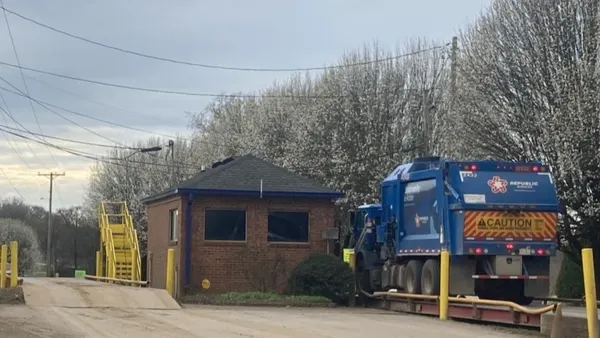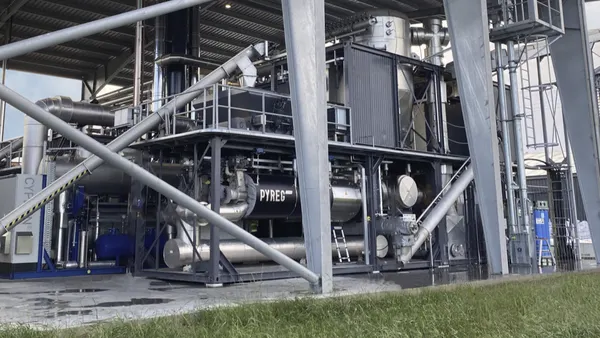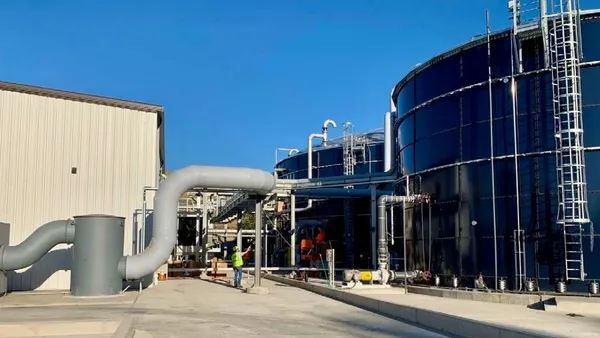Dive Brief:
- Phoenix collects 34,000 tons of palm fronds each year, which account for 3.4% of the city's waste and cost more than half a million dollars to landfill.
- Due to their fibrous quality, the fronds often get tangled in shredding equipment at green-waste processing facilities and can't be easily composted using traditional methods.
- The city recently put out a call for local diversion solutions that don't involve composting. Proposals will be presented to the Phoenix City Council for approval in June and the winner will have the opportunity to lease land at Arizona State University's Resource Innovation Campus.
Dive Insight:
Like other major cities, Phoenix has set long-term sustainability goals—40% diversion by 2020—but is facing the challenges of a complex waste stream. While leaves and grass clippings can be processed through various composting methods, the palm fronds can take up to 50 years to decompose.
The Gilbert Gearheads, a youth robotics team located outside of Phoenix, may have found a solution. The team won the 2015 Trash Trek Challenge in Arizona with their "Slice-N-Grind" prototype that breaks the fronds into smaller pieces to be used for mulch. The team's design can be scaled for homeowners, landscapers or industrial processing facilities.
If Phoenix can find and utilize a solution to this problem, such as the Slice-N-Grind, it would have major implications for other municipalities with palm trees that are trying to reduce the amount of organic waste sent to landfills. Los Angeles is one of many cities that also doesn't accept the fronds in green waste bins.









